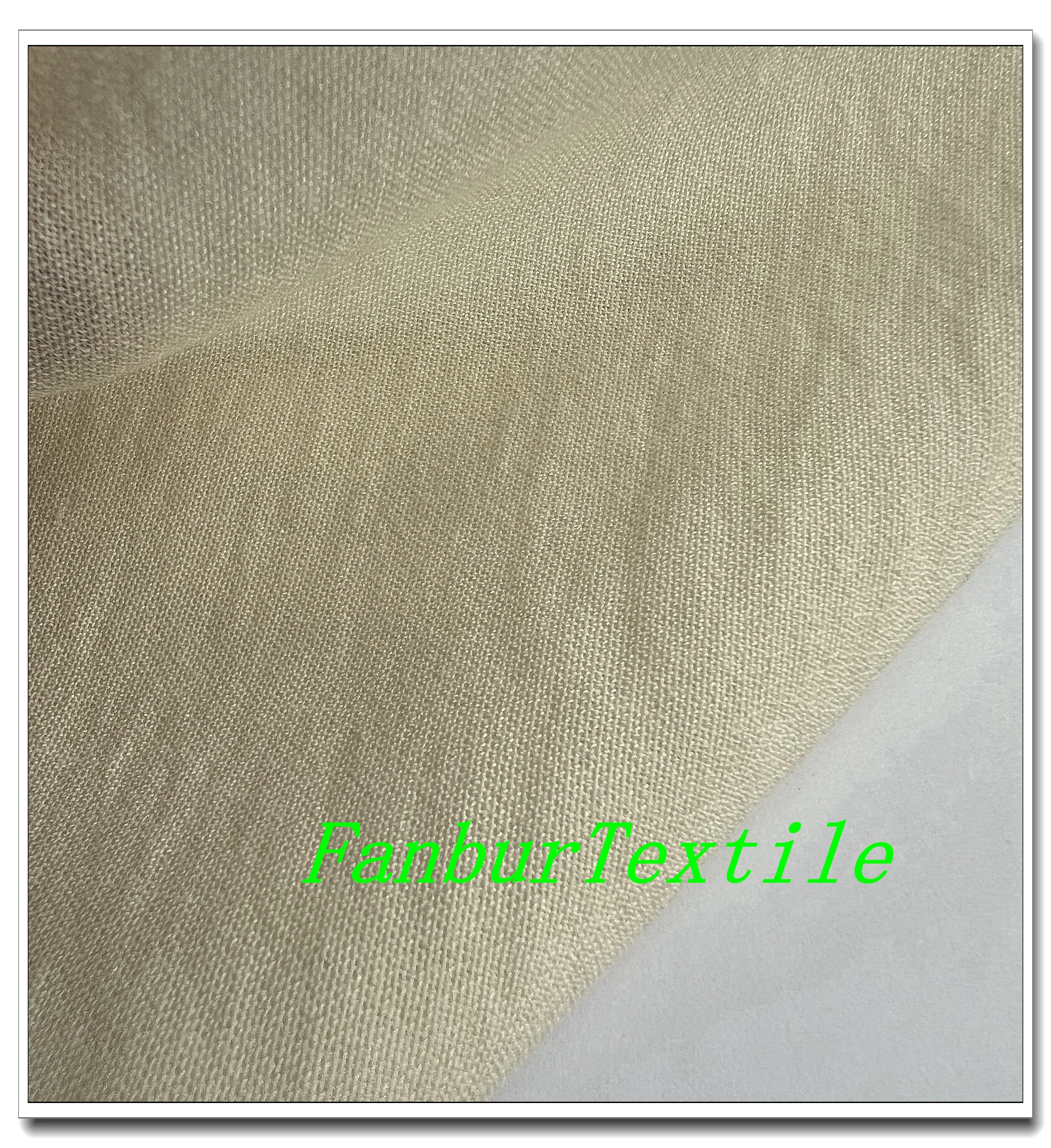How Does Rayon Nylon Ramie Like Fabric Dye And Print
Fashion and textiles have always been an integral part of our lives, allowing us to express ourselves through colors and patterns. Among the various fabrics available, rayon, nylon, and ramie are popular choices due to their unique properties and versatility. In this article, we will explore how these fabrics behave when it comes to dyeing and printing, shedding light on the techniques and considerations involved.
Understanding Rayon, Nylon, and Ramie
Rayon is a semi-synthetic fabric made from cellulose fibers derived from wood pulp. It is well-known for its softness, breathability, and ability to mimic natural fibers like silk and cotton. Nylon, on the other hand, is a synthetic fabric made from petroleum-based fibers. It is known for its strength, durability, and resistance to abrasion. Lastly, ramie is a natural fabric made from plant fibers, specifically from the stem of the Chinese nettle plant. It possesses exceptional strength, absorbency, and a lustrous appearance.

Dyeing Techniques
1. Direct Dyeing: Rayon, nylon, and ramie can all be dyed using direct dyes, which chemically bond with the fabric's fibers. This technique involves immersing the fabric in a dye bath and applying heat to ensure color penetration. Rayon and ramie readily absorb dyes, resulting in vibrant shades, while nylon requires higher temperatures and longer dyeing times due to its synthetic nature.
2. Acid Dyeing: Acid dyes are ideal for nylon due to their compatibility with synthetic fibers. This method requires a slightly acidic environment and high-temperature dye baths. Acid dyes form strong bonds with the fabric, resulting in long-lasting and vibrant colors. However, it's crucial to follow the manufacturer's instructions, as excessive heat or prolonged exposure may damage nylon fibers.
3. Fiber Reactive Dyeing: Rayon and ramie can be dyed using fiber reactive dyes, which chemically react with the fabric's cellulose fibers. This technique offers excellent colorfastness and is commonly used for tie-dyeing and other intricate patterns. For best results, pre-washing the fabric to remove any finishes or sizing agents is recommended before dyeing with fiber reactive dyes.
Printing Techniques
1. Screen Printing: Screen printing is a popular technique for printing on rayon, nylon, and ramie fabrics. It involves creating a stencil on a mesh screen and forcing ink through the open areas onto the fabric below. Rayon fabric's absorbent nature allows the ink to penetrate easily, resulting in sharp and vibrant prints. Nylon fabric requires specialized inks formulated for synthetic fibers to ensure good adhesion, while ramie fabric may require pre-treatment to enhance ink absorption.
2. Heat Transfer Printing: This technique involves using heat to transfer digital images onto fabric. It is suitable for all three fabric types but requires specific heat transfer paper and inks. The image is printed onto the transfer paper and then transferred onto the fabric using heat. Rayon and ramie offer excellent results due to their ability to absorb and retain the transferred ink, while nylon requires extra care to prevent distortion or melting of the fabric under high heat.
3. Discharge Printing: Discharge printing involves removing color from the fabric rather than adding it. It is commonly used on dark-colored fabrics like rayon, nylon, and ramie. The process entails applying a discharge agent to specific areas, which removes the existing dye and reveals the lighter base color of the fabric. Care should be taken to test the discharge agent on a small area first, as it may affect the fabric's texture and hand feel.

Considerations for Dyeing and Printing
1. Fabric Composition: While rayon, nylon, and ramie can all be dyed and printed successfully, their different compositions require specific techniques and dyes. Understanding the fabric's composition is essential
2. Colorfastness: It is important to consider the colorfastness of the dyes and inks used for rayon, nylon, and ramie fabrics. Colorfastness refers to the ability of a fabric to retain its color without fading or bleeding. Fabric dyed with direct dyes or acid dyes tends to have good colorfastness, while fiber reactive dyes offer excellent colorfastness on cellulose-based fabrics like rayon and ramie.
3. Fabric Preparation: Before dyeing or printing, it is crucial to prepare the fabric properly. This usually involves pre-washing the fabric to remove any finishes or sizing agents that may interfere with dye absorption. Some fabrics, such as nylon, may also require additional pre-treatment steps to enhance dye penetration and adhesion.
4. Equipment and Supplies: The choice of equipment and supplies can significantly impact the results of dyeing and printing. For example, when screen printing, the quality of the mesh screen, stencil, and ink consistency are all factors to consider. Similarly, using high-quality heat transfer paper and inks is essential for achieving crisp and long-lasting prints in heat transfer printing.
5. Care Instructions: It is important to follow the care instructions provided by the dye or ink manufacturer to ensure the longevity of the colors on rayon, nylon, and ramie fabrics. Specific washing temperatures and detergents may be recommended to maintain the vibrancy and colorfastness of the dyed or printed fabric.
6. Environmental Considerations: When dyeing or printing fabrics, it is important to be mindful of the environmental impact. Choose dyes and inks that are eco-friendly and adhere to sustainable practices. Look for certifications like Oeko-Tex Standard 100, which ensures that the products are free from harmful substances.
Conclusion
In conclusion, dyeing and printing rayon, nylon, and ramie fabrics offer a world of possibilities for creating unique and vibrant designs. Understanding the properties of each fabric and utilizing appropriate techniques and dyes are key to achieving successful and long-lasting results. Whether it's through direct dyeing, acid dyeing, screen printing, heat transfer printing, or discharge printing, let your creativity flow and explore the endless potential of these versatile fabrics.
- Art
- Causes
- Crafts
- Dance
- Drinks
- Film
- Fitness
- Food
- Παιχνίδια
- Gardening
- Health
- Κεντρική Σελίδα
- Literature
- Music
- Networking
- άλλο
- Party
- Religion
- Shopping
- Sports
- Theater
- Wellness


